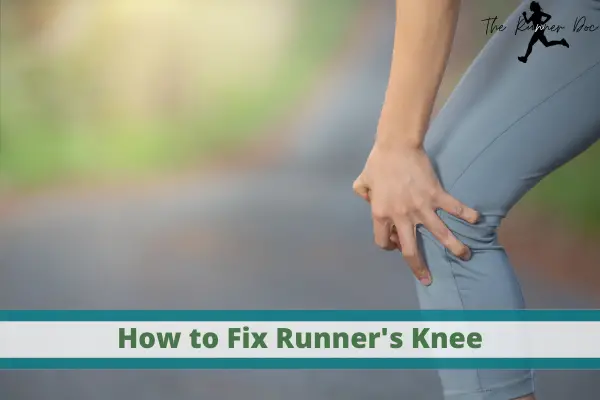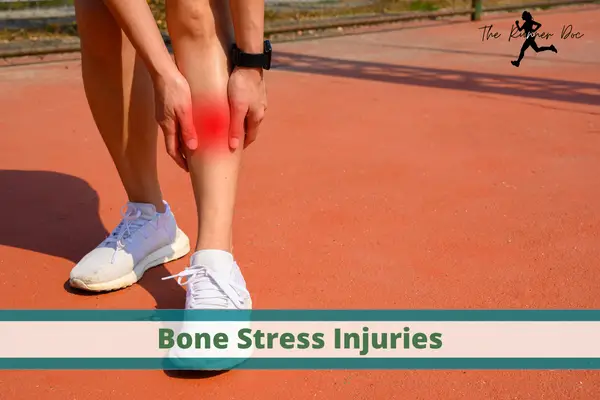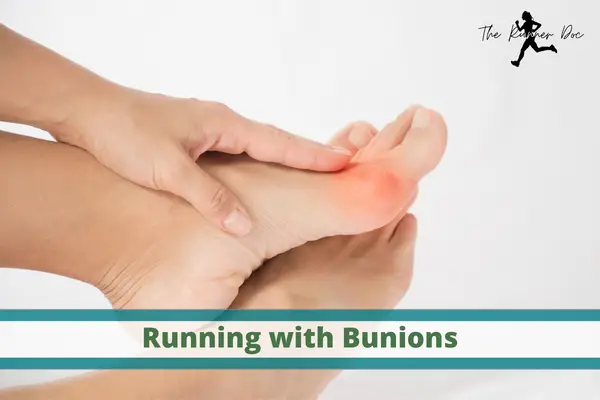Surface Matters: Does Running on Different Surfaces Prevent Injury?
Injury Prevention with Running Surfaces
Do you ever worry about the surface you’re running on? Will it cause an injury? Does running on different surfaces prevent injury? A lot of runners seem to think so! In this blog post, we’ll take a look at some of the research on this topic and see what conclusions can be drawn.
Van Mechelen found that the overall yearly incidence rate for running injuries varies between 37 and 56%. Naturally, runners are constantly looking for a way to prevent injury. Many believe that running on a softer surface will be easier on their joints and help prevent injury. It seems like a simple fix, but it is?
Not really.
What is the research on running surfaces and injury prevention?
There are several studies that have looked at this question, but the results are conflicting.
Some studies show that running on a softer surface reduces impact forces and can help prevent injuries.
Other studies find no difference in injury risk between different surfaces. And still others find that running on a harder surface may actually be protective!
So what’s the bottom line? The research on this topic is inconclusive. There is no evidence that running on any particular surface will help prevent injuries.

If you’re looking for a way to reduce your risk of injury, focus on other factors such as mileage, cross-training, and shoes. These are all more important than the surface you’re running on.
So go ahead and run on whatever surface you want. Just don’t worry about it too much!
Does running on different surfaces prevent injury?
In a way, yes.
Most injuries are a result of doing the same thing over and over again. That is why it is recommended to rotate your shoes, add in strength training and other cross-training, as well as changing the surface that you run on.
The best way to prevent injury is to make sure you aren’t continually putting the same stress on your body every time you go for a run.
By changing the surface you run on, such as going to the track or treadmill instead of the roads, you will change the type of stress that is being placed on your body and allow injuries to be prevented.
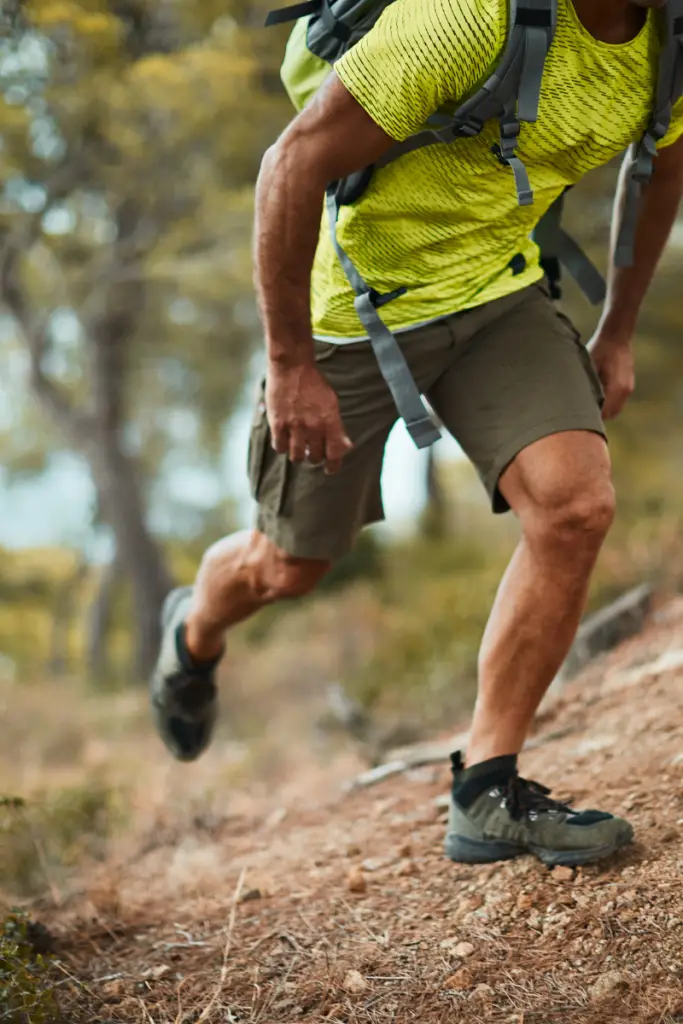
Injury prevention is multifactorial and there are multiple measures that need to be taken, running surface is only one part of it.
What are some of the benefits of running on different surfaces?
Like most things there are benefits to changing things up. A well rounded program will utilize all the tools it can to make you a better, more resilient runner.
Different surfaces provide different amounts of cushioning and support. As a result, different muscles are used when running on different types of surfaces. For example, when you run on the road, your calf muscles do more work than when you run on a softer surface like a trail.
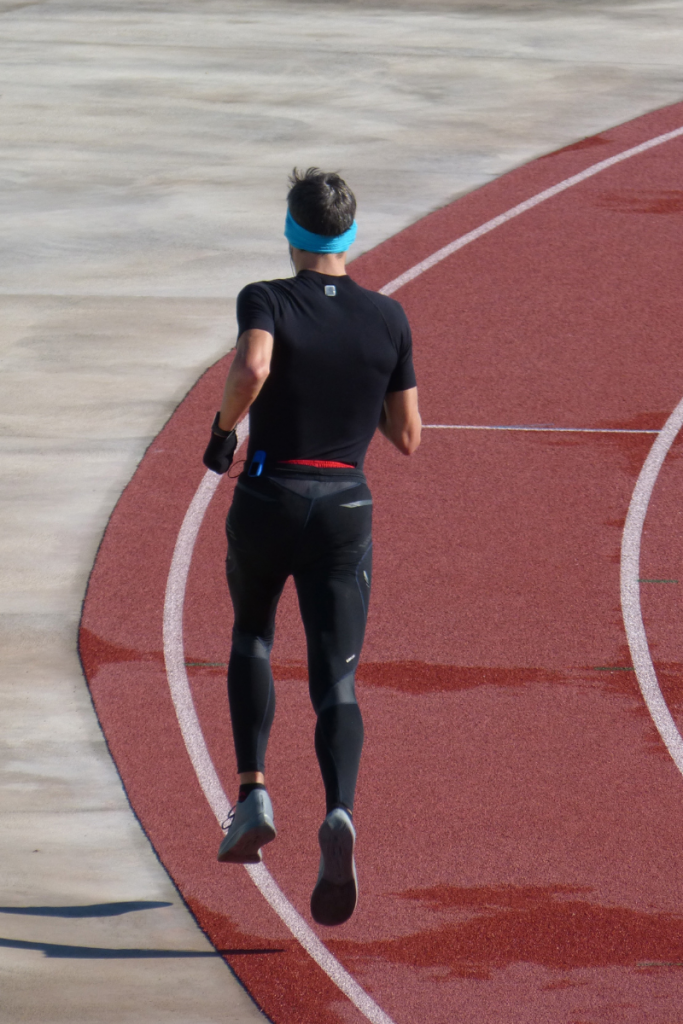
By running on different surfaces, you can:
– change the impact on your joints
– change the muscles that are used
– improve balance and proprioception
All of these benefits can lead to a reduction in injury risk. So if you’re looking for a way to reduce your risk of injury, consider adding some variety to your running surfaces.
Not only will changing the surface help prevent injury, it is also fun! I don’t always feel like running outside on the roads/sidewalks. Sometimes a good tv show and the treadmill are what gets me going. The joy of being on a trail can break up the monotony of the city streets!
How can you determine which surface is best for you?
Many people believe that running on softer surfaces is better for the joints. However, in the masters age group this is actually the wrong choice of surface as a primary running surface.
A study by Van Mechelen found that runners who changed to a harder surface had a significant decrease in injuries, with the biggest decrease being seen in those who had previously been running on soft surfaces.
Due to the majority of masters age group runners having injuries in the achilles and calf complex this makes sense. When running on a softer surface such as grass or sand the amount of force that is required from these two areas increases significantly. As we all know, increased stress too much too soon will result in injury.
The best idea is to change your running surface throughout your training cycle. However, you should be specific to the goal in mind. If you are a trail runner then you need to be practicing on the trails, the same is true for roads and track!
Final Thoughts on Running Surface for Injury Prevention
So, does running on different surfaces prevent injury? In some cases, yes. But it’s not a one-size-fits-all solution. The best surface for you depends on your individual needs and goals.
If you’re looking to decrease your risk of injury, talk to a coach or physical therapist about which surfaces would be best for you. And don’t forget to focus on other injury prevention measures as well, such as mileage, cross-training, and shoes. These are all more important than the surface you’re running on.
Happy running!
Do you have a preferred running surface? Let us know in the comments!
Related Articles to Running Surface and Injury Prevention in Runners
- How to Start Running without Injury
- Best Gifts for Injured Runners in 2021
- The 6 Best Exercises that Runners Must Do Now!
– – – Ad – – –
Have you been struggling to get a strength training program scheduled to go with all your running? Do you know that you need to strengthen in order to prevent injury as well as improve your times?
Check out my Run Strong Program.
A strength program designed by a Physical Therapist specifically for runners. It is customizable and repeatable to use over and over again and continue to see progress!
The phases of the program are periodized to match and complement any running training program from short distances to marathons and beyond!
The best part? You get lifetime access to it for only $30.
The only remaining question is….what are you waiting for?! Help yourself become the best and strongest runner you can by adding in strength training today!
– – – End of Ad – – –
References for Running Surface Injuries
Can running surfaces cause injuries in runners?

Dr. Abby Siler, PT, DPT is a Physical Therapist with 10 years of experience in a variety of settings. She has spent the majority of her time treating athletes in orthopedic clinics and worker’s compensation cases. She is a runner herself for the past 15 years and a lifelong athlete. Dr. Abby loves to teach runners how to stay injury free and out of her clinic.



